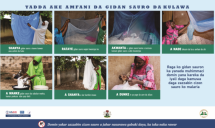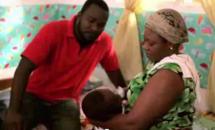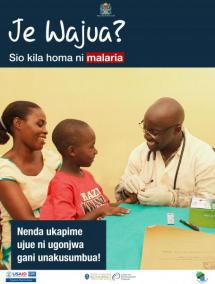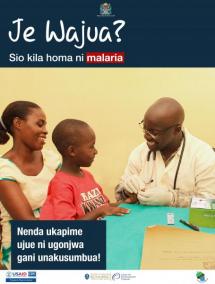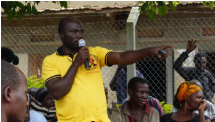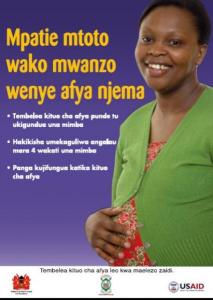Malaria-themed Radio Spots
These are 60-second radio commercials developed in line with the National Malaria Elimination Programme’s slogan – “For a Malaria‐Free Nigeria”. It covers the following thematic areas: ANC, LLINs, Malaria Risk Perception and Testing Before Treatment.
The spots were broadcast in Akwa Ibom, Kebbi, Nasarawa, Ebonyi, Bauchi, Sokoto, Benue, Oyo, Kano & Cross River states, in both English and Hausa. In total they were broadcast 44,036 times.
Source: Johns Hopkins Center for Communication Programs
Date of Publication: March 25, 2019
SIMILIAR RESOURCES
Tools
Examples
- Promoting Quality Malaria Medicine through Social and Behavior Change Communication
- The Future of Malaria Social and Behavior Change Communication
- Community Communication MNCH e-Manual: Participatory Health Promotion Sessions
- Guide to Strategic Communication Online
- SBCC for Malaria in Pregnancy: Strategy Development Guidance
- Malaria Case Management: Monitoring and Evaluation for SBCC
- The Infection Control Symbol Package
- Men's Health Kit
- Infection Control Symbol Templates
- Strengthening Malaria Social and Behavior Change Communication through Research, Monitoring and Evaluation


